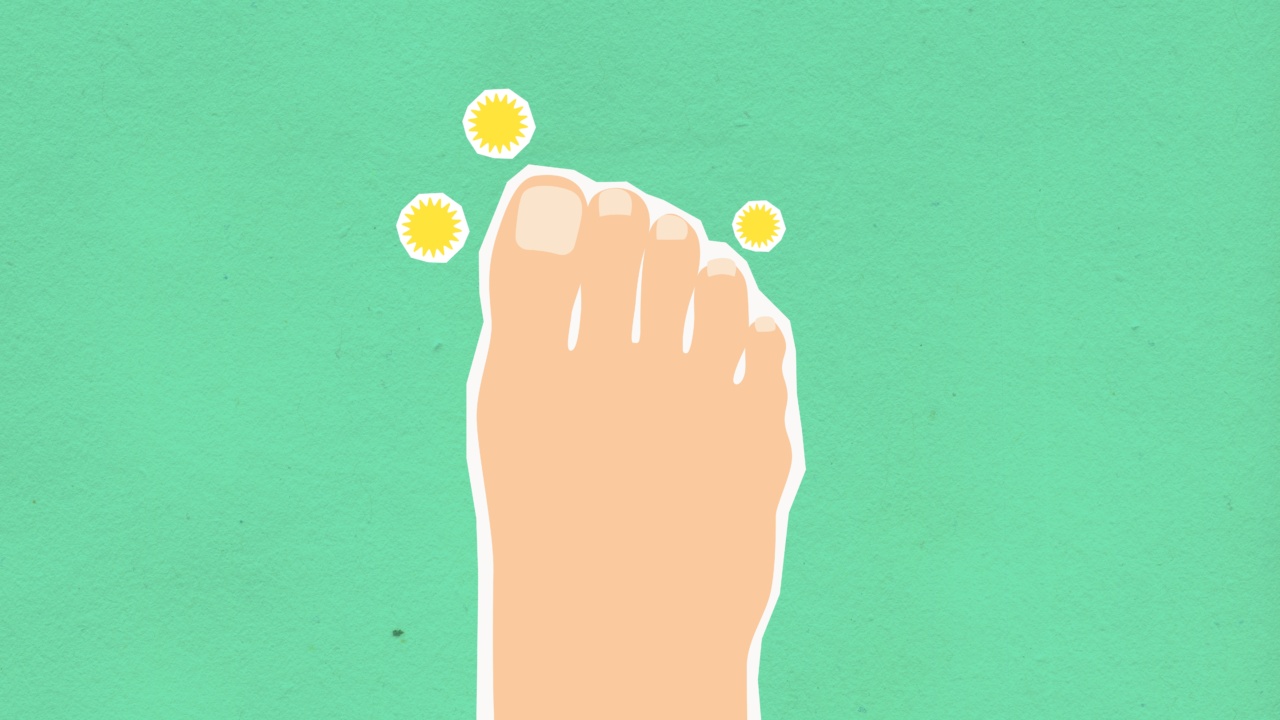Fungal infections, caused by various species of fungi, can affect different parts of the body, leading to a range of health complications.
These infections can be superficial or invasive, and their consequences can vary depending on the location and severity of the infection. Understanding the causes and consequences of fungal infections is crucial for effective prevention, treatment, and management.
This article delves into the various factors contributing to the occurrence of fungal infections and explores the potential complications they can lead to.
Causes of Fungal Infections
1. Environmental Factors.
Fungi are naturally present in the environment, including the air, soil, and water. Certain environmental conditions favor fungal growth and increase the risk of infections.
Moist and warm environments, such as swimming pools or locker rooms, can harbor fungi and facilitate their transmission to humans. Additionally, prolonged exposure to moldy environments or working with damp materials can also increase the likelihood of fungal infections.
2. Weakened Immune System.
An impaired immune system is one of the major risk factors for fungal infections. Individuals with weakened immune systems, such as those with HIV/AIDS, certain cancers, or undergoing immunosuppressive therapy, are more susceptible to fungal infections.
The immune system plays a crucial role in fighting off fungal pathogens, and any compromise in its function can make individuals more vulnerable to fungal invasion.
3. Direct Contact.
Fungal infections can be transmitted through direct contact with infected individuals, animals, or contaminated objects. Sharing personal items such as clothing, towels, or footwear can facilitate the transfer of fungal pathogens.
Skin-to-skin contact, particularly in warm and humid environments, can also contribute to the spread of fungal infections such as athlete’s foot.
4. Compromised Skin Barrier.
Damaged or compromised skin can provide an entry point for fungal pathogens. Cuts, abrasions, or skin conditions like eczema can disrupt the protective barrier of the skin, making it easier for fungi to invade and establish an infection.
Similarly, individuals with excessive sweating or increased skin moisture may be more prone to fungal infections, as fungi thrive in damp conditions.
5. Pre-existing Health Conditions.
Some pre-existing health conditions can increase the risk of developing fungal infections.
Diabetes, for instance, can disrupt normal immune function and impair circulation, leading to a higher susceptibility to skin infections, such as fungal nail infections or candidiasis. Individuals with lung diseases, such as chronic obstructive pulmonary disease (COPD), are also at an increased risk of developing fungal infections in their respiratory tract.
Consequences of Fungal Infections
1. Superficial Skin Infections.
Superficial fungal infections primarily affect the skin, hair, and nails. Common examples include athlete’s foot, ringworm, and fungal nail infections.
These infections can cause symptoms such as itching, redness, peeling, or thickening of the affected area. While superficial infections are generally not life-threatening, they can be persistent and difficult to treat, impacting the individual’s quality of life.
2. Invasive Infections.
Invasive fungal infections occur when fungi penetrate deeper into the body, affecting organs and causing systemic illness. These infections can be life-threatening, especially in individuals with compromised immune systems.
Invasive fungal infections may target specific organs, such as the lungs (pneumonia), bloodstream (fungemia), or central nervous system (meningitis). Prompt and aggressive treatment is essential to prevent severe complications or fatal outcomes.
3. Allergic Reactions.
Some individuals may develop allergic reactions to fungal infections or their spores. When exposed to fungal allergens, they may experience symptoms like sneezing, itching, congestion, or asthma-like attacks.
Allergic fungal sinusitis is an example of a condition where fungi cause inflammation and immune reactions in the sinuses, leading to nasal congestion, facial pain, and recurring sinus infections.
4. Serious Health Complications.
Fungal infections can lead to serious health complications, especially in vulnerable individuals. Infections in critical areas, such as the brain or heart, can result in severe neurological disorders or cardiac complications.
Fungal infections in immunocompromised individuals can progress rapidly and be challenging to treat, eventually leading to organ failure or even death.
5. Chronic Conditions.
Some fungal infections can become chronic and require long-term treatment.
Examples include chronic mucocutaneous candidiasis, which affects the skin, nails, and mucous membranes, or histoplasmosis, which affects the lungs and can spread to other organs. Chronic fungal infections can significantly impact daily life and overall well-being, necessitating ongoing management and care.
Treatment and Prevention
Early diagnosis and appropriate treatment are vital for managing fungal infections and preventing complications. Treatment options for fungal infections vary depending on the type and severity of the infection.
Antifungal medications, such as topical creams, oral medications, or intravenous therapy, are commonly used to eradicate fungal pathogens. In some cases, surgical intervention may be necessary to remove infected tissue or drain abscesses.
Preventing fungal infections involves adopting various preventive measures:.
1. Maintaining Proper Hygiene.
Frequent handwashing and maintaining overall hygiene can help reduce the risk of fungal infections.
Proper hygiene practices, such as regularly washing and thoroughly drying the body, especially in skin folds, can minimize fungal growth and transmission.
2. Avoiding Damp Environments.
Avoiding prolonged exposure to damp environments, such as locker rooms or swimming pools, can reduce the risk of fungal infections. It is advisable to use footwear in public places to prevent direct contact with fungus-contaminated surfaces.
3. Keeping Skin Dry.
Keeping the skin dry and moisture-free is essential to prevent fungal infections. Individuals prone to excessive sweating should use talcum powder or antiperspirants to keep the skin dry and minimize fungal growth.
4. Not Sharing Personal Items.
Avoiding the sharing of personal items, such as clothes, towels, or footwear, can prevent the transmission of fungal pathogens. Each individual should have their own personal items to minimize the risk of infection.
Conclusion
Fungal infections can have various causes and consequences, ranging from superficial skin infections to life-threatening systemic illnesses.
Understanding the factors contributing to the occurrence of fungal infections, such as environmental factors, weakened immune systems, and direct contact, is crucial for prevention and management. Furthermore, recognizing the potential consequences of fungal infections emphasizes the importance of early diagnosis and appropriate treatment.
By adopting preventive measures and seeking timely medical intervention, individuals can reduce the risk of fungal infections and mitigate their potential complications.




























